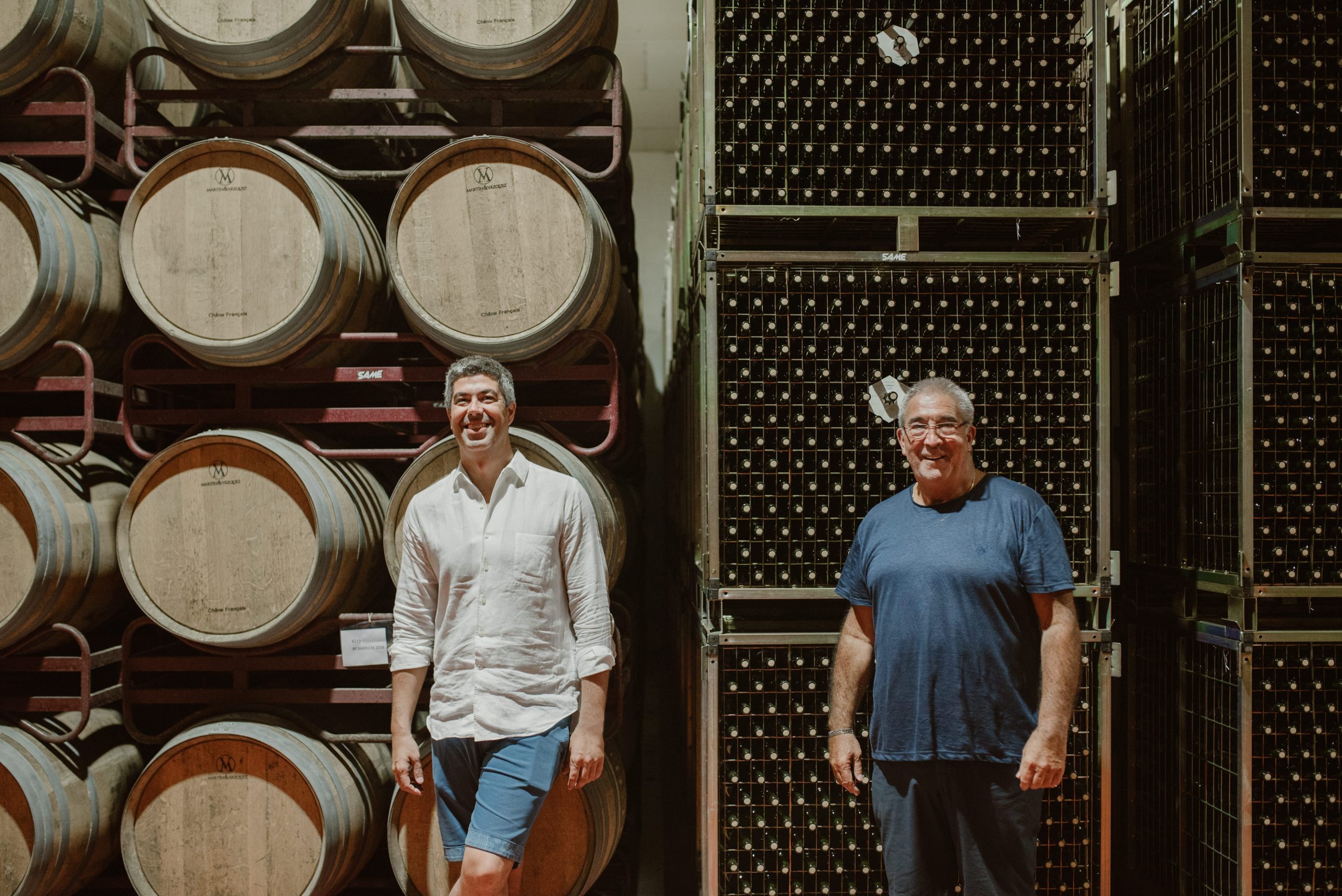Krug launches ‘spirited’ 2011 vintage Champagnes
Krug has released its 2011 vintage wines, but have the house’s winemakers been able to overcome the challenges of a particularly difficult harvest? db’s Champagne correspondent Giles Fallowfield reports.

Olivier Krug was in London last week to present the Champagne house’s new vintage from 2011, the third ‘August’ harvest in Champagne and a year few other houses elaborated, mainly because the erratic weather pattern resulted in variable quality for the black grapes, although Chardonnay fared much better.
As customary with the last few vintage releases from Krug, it was presented alongside the Grande Cuvée blend that is based on the same harvest, which always makes for an interesting comparison. This is especially true with a difficult harvest like 2011, described by winemakers at the time as a ‘mixed bag’, with picking starting as early as 19 August in the southernmost Côte des Bar region.
The growing season began earlier than normal thanks to a warm, dry March with longer sunshine hours than usual.
April was exceptionally warm and very dry, with just three days of rainfall in Epernay and 80 hours more sunshine that on average for the month.
The warm, sunny, dry trend continued in May and at this point the vines were about three weeks in advance of the average and flowering took place early, especially in the Côte des Blancs. People were even talking of harvesting beginning by 11 August, which would have meant just 80 days between flowering and picking.
However, the weather turned cooler and more humid in July and in August when, after a wet, cool first week, the temperature soared to more than 30°C just as picking was about to start in the earliest crus on 20 August. However, rather than accelerate the final ripening before harvesting, this heatwave appeared to stop maturation in its tracks, as the stressed vines closed down.
According to Oliver Krug: “It was the earliest flowering ever in 2011, and with August harvests in 2003, 2007 and 2011 this started to look like a four-year cycle”.
Krug started picking on 25 August and finished on 3 September.
Chardonnay was the best of the three varieties, rather like the just completed 2023 harvest which also saw three to four days of extreme heat just as picking was about to start, although in 2011 it was in the third week of August whereas in 2023 it was three weeks later from 8-10 September.
Now onto the wine
To set our palates we kicked off the tasting with the current release of Krug Grande Cuvée, 171ème Édition, which is based on the 2015 harvest, though Oliver Krug himself prefers to describe it as a blend of 12 different years, with 2000 the oldest and 2015 the youngest.
From bud break to harvest, 2015 was the hottest vintage ever (since the CIVC started keeping records), even exceeding 2003 and 1976. It was also one of the driest. One prominent winemaker said at the time: “Harvest 2015 is a dream year! Sunny, dry, no downy mildew, no rot, 98% of our vineyards could have been organic!”
Krug notes that head winemaker Julie Cavil’s aim in blending Grande Cuvée is “to make the most generous expression of Champagne each year” but concedes that Cavil’s stylistic preferences “lean more towards citrus than butter”.
This is something which can be seen in Édition 171 where Cavil says: “we looked for fresher years from our reserve library, including the harvests of 2008, 2013 and 2014, to bring vivacity and tension to the blend” and Meuniers from four harvests are used “to add an assertive quality”.
Partner Content
We then move quickly on to two recent, and completely contrasting, vintages of Krug from 2004 and 2006, before trying the new 2011.
These, as has become recent practice, were each nicknamed by the winemaking team, of which Olivier Krug is part, with the ’04 seen as “luminous freshness” and ’06 “capricious indulgence”.
How much this naming puts the idea of the particular style in your head before you taste the wines is hard to judge, but the lifted freshness of the ‘04, a very large but high-quality harvest widely declared and the rich, luscious, velvety texture imparted by the warm sunny ‘06 summer, is there for all to see in the glass.

Introducing 2011…
Of the 2011 wines, first we taste the newly released 2011 vintage, nicknamed by winemaker Cavil and her team as “spirited roundness”.
It’s a blend of 46% Pinot Noir to 37% Chardonnay and 17% Meunier, which Cavil describes it as both “opulent and crisp,” allying finesse and power with a spontaneous and vibrant side to produce a wine that’s “ample, generous and assertive”. At release it certainly has the citrus freshness to put it in the 2004 rather than the 2006 camp.
These days, given the preponderance of warm sunny harvests, getting the right balance in any blend of Grande Cuvée is more an issue of finding freshness in the reserve wines rather than adding richness, Krug notes.
While it seems that finding suitable, good Chardonnay which makes up 37% of the 2011 vintage blend, was not an issue, Krug had to look harder to find enough Pinot Noir that accounts for 46% in the blend, with Meunier adding the remaining 17%.
However, LVMH does have access to many different top terroirs, and one wonders whether Krug 2011 would have been produced at all had Dom Pérignon released its 2011.
Asked what volume Krug need to achieve to allow any vintage to be declared by the house, Olivier Krug says they like to have enough stock for two years of salles, and notes that the house made more wine in 2011 than they did in 2003.
The tasting ends with Grande Cuvée, 167ème Édition, which is also 2011 harvest based, though it has 191 individual wines from 13 different years, the oldest dating back to 1995, which Olivier Krug references as a Bouzy reserve wine.
Curiously it’s almost exactly the same grape composition; 47% Pinot Noir, 36% Chardonnay and 17% Meunier. But even allowing for the fact that it was disgorged in the third quarter of 2018 and has thus benefited significantly from that longer post-disgorgement ageing period of around five and a half years, versus the 18 months 2011 vintage has so far had, the wines are currently at opposite ends of the spectrum in terms of their complexity.
If part of the exercise in showing these two wines together is to demonstrate the completeness and great ageing potential inherent in every Grande Cuvée blend, then it’s certainly a great success. But 167ème Édition does rather overshadow the new vintage release.
Related news
Castel Group leadership coup escalates
For the twelfth day of Christmas...
Zuccardi Valle de Uco: textured, unique and revolutionary wines




